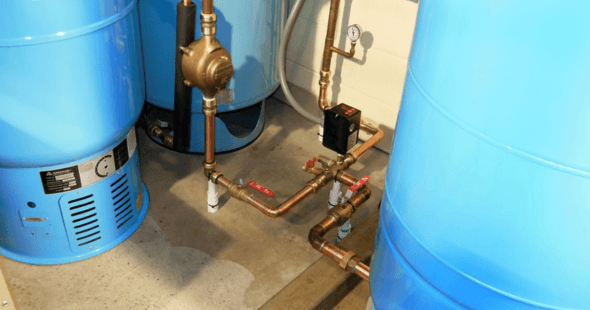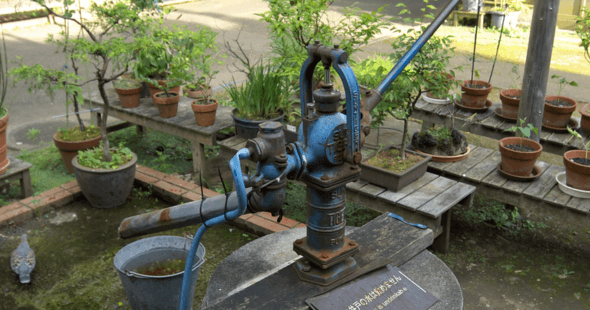Algae in well water can be a nuisance, affecting not only the taste and odor of your water but also potentially leading to health issues. If you’ve noticed a greenish tint or an earthy smell coming from your water, it’s likely you’re dealing with algae. Fortunately, there are effective steps you can take to rid your well water of this unwelcome guest. In this post, we’ll guide you through a straightforward approach to tackle algae in your well water, ensuring your water is clean and safe to use.
Identify the Problem
First, it’s crucial to confirm that algae are the source of the problem. Algae growth in well water often results in greenish water, an unpleasant odor, or slime on surfaces that come into contact with the water. If you notice any of these signs, algae are likely present. However, it’s also wise to test your water for other contaminants to ensure a comprehensive approach to water treatment.
Shock Chlorination
One of the most effective methods to eliminate algae from well water is shock chlorination. This process involves adding a strong chlorine solution directly into your well, which kills algae and other bacteria. Here’s how you can do it:
- Calculate the Amount of Chlorine: The amount of chlorine needed depends on the depth and diameter of your well. Typically, for every 100 gallons of water, you’ll need about one gallon of household bleach.
- Prepare the Well: Turn off all water-using appliances and bypass any water treatment systems to prevent damage.
- Add Chlorine: Pour the calculated amount of chlorine into the well. Circulate the water by connecting a hose to a nearby faucet and running the chlorinated water back into the well for at least 15 minutes.
- Let It Sit: Allow the chlorine to sit in the system for 12 to 24 hours. Avoid using the water during this time.
- Flush the System: After the waiting period, flush the system by running the water through outdoor faucets until you no longer smell chlorine. Avoid discharging chlorinated water into your septic system or garden.
It’s important to note that shock chlorination is a temporary fix. If algae reappear, you may need to investigate further to identify and address the underlying cause of algae growth.
Regular Maintenance and Filtration
Regular well maintenance is key to preventing algae growth. Here are a few tips:
- Inspect and Clean Regularly: Inspect your well cover and casing for any cracks or leaks that could allow surface water, which may contain algae, to enter the well. Cleaning your well annually can also help prevent algae buildup.
- Install a Water Filtration System: A whole-house water filtration system can remove algae and other contaminants from your water. Ultraviolet (UV) light systems are particularly effective against algae, as UV light kills algae cells.
- Maintain Proper Well Location and Construction: Ensure your well is properly located away from sources of contamination, such as septic tanks and agricultural runoff. Proper well construction, including a tight-fitting well cap and casing that extends above ground level, can also prevent algae growth.
Professional Assistance
If you’re unsure about tackling algae on your own or if the problem persists despite your efforts, don’t hesitate to seek professional help. A licensed water well contractor or a water treatment specialist can provide expert advice and services to ensure your well water remains clean and safe.
Conclusion
Dealing with algae in well water requires a combination of immediate treatment and long-term prevention strategies. By taking the steps outlined above, you can effectively eliminate algae from your well water and prevent future growth. Regular maintenance, proper well construction, and the installation of a water filtration system are key to ensuring your well water remains clean, safe, and pleasant to use.


